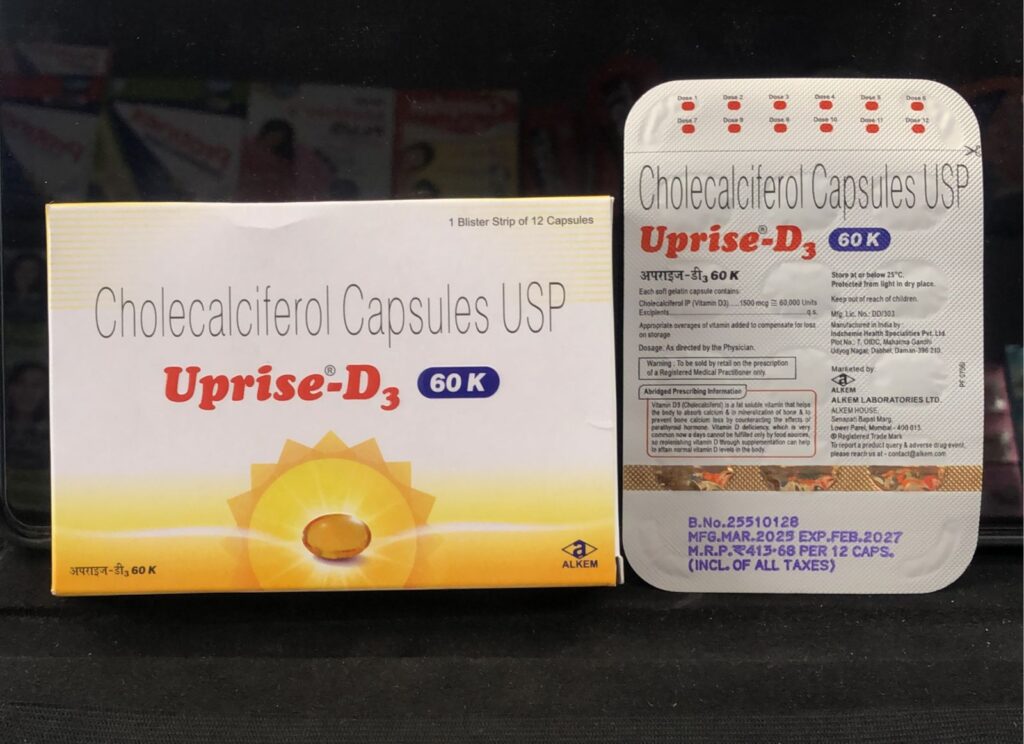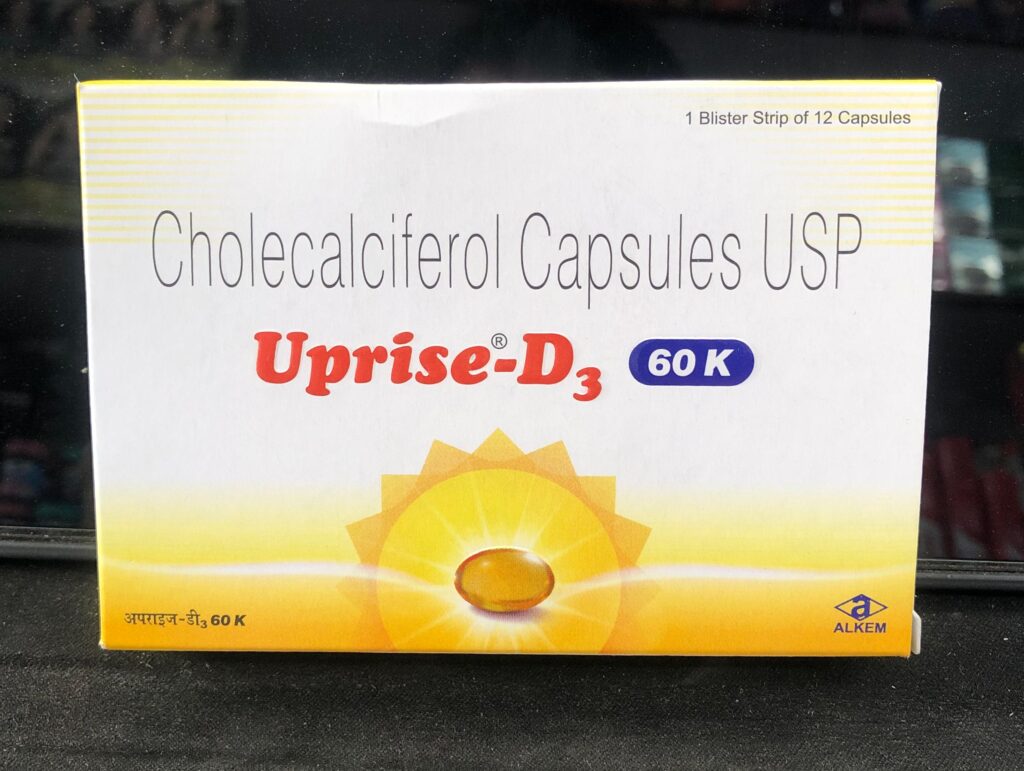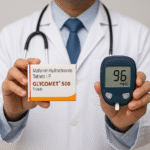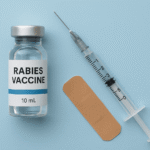Vitamin D3 (cholecalciferol) is a fat-soluble vitamin that helps our body absorb calcium and phosphorus, two minerals essential for strong bones and teeth. It also supports immune function, mood regulation, and even heart health.
Our skin produces Vitamin D3 naturally when exposed to sunlight, but it can also be obtained from certain foods and supplements.

Table of Contents
Vitamin D3 Benefits, Uses, and More:
Ever wonder why a little sunshine makes us feel so good? It’s not just in our head—Vitamin D3, often called the “sunshine vitamin,” plays a major role in how our body functions and feels. Unlike most vitamins, our body can make Vitamin-D3, but only when our skin is exposed to sunlight. Isn’t that amazing?
But modern indoor lifestyles, pollution, and sunscreen use mean many people aren’t getting enough of this essential nutrient. Let’s explore why it is crucial, how to get it, and what happens when our body runs low on it.
Health Benefits of Vitamin D3
- Strengthens Bones and Teeth
Is helps our body absorb calcium, which is crucial for bone density and preventing conditions like rickets in children and osteoporosis in adults. - Boosts Immunity
It enhances the pathogen-fighting effects of immune cells, helping our body fend off viruses and bacteria. - Supports Mental Health
Low levels of Vitamin D3 have been linked to mood disorders like depression and anxiety. It plays a role in serotonin production—the “feel-good” chemical in our brain. - Reduces Inflammation
It has anti-inflammatory properties that may help with chronic conditions like arthritis and even autoimmune disorders. - Heart and Muscle Health
Emerging research suggests it helps regulate blood pressure and supports cardiovascular and muscle function.
Best Sources of Vitamin D3
While the sun is the primary source, you can also get Vitamin D3 from:
- Sunlight exposure (15–30 minutes daily on bare skin)
- Fatty fish like salmon, mackerel, and sardines
- Egg yolks
- Liver
- Fortified foods (milk, orange juice, cereals)
- Supplements (recommended for people with limited sun exposure)
Pro Tip: Early morning sunlight is ideal—just 20 minutes a day can help boost your Vitamin D3 levels!

Vitamin D3 Deficiency: Are You at Risk?
Common in both children and adults, deficiency can lead to:
- Weak bones (rickets in kids, osteomalacia in adults)
- Fatigue
- Bone or muscle pain
- Frequent infections
- Low mood or depression
- Hair loss
Who’s at risk?
- People who stay indoors often
- Those with darker skin tones (which produce less D3)
- Elderly individuals
- People with obesity or digestive issues
Here, you will get the information about the Vitamin C tablet
Recommended Daily Intake
According to health authorities:
- Infants (0–12 months): 400 IU
- Children & Adults (1–70 years): 600–800 IU
- Seniors (70+): 800–1000 IU
- Pregnant/Breastfeeding Women: 600 IU
Some people may require higher doses, especially if they are deficient—always consult your doctor for personalized advice.
Frequently Asked Questions (FAQs)
Q1. What’s the difference between Vitamin D and D3?
Q2. Can too much Vitamin D3 be harmful?
Q3. Is it safe to take Vitamin D3 supplements daily?
Q4. How long does it take to fix a deficiency?
Q5. Can I get enough D3 from food alone?
Conclusion
Vitamin D3 is small in size but mighty in function. From building bones to lifting your mood, it plays an essential role in our overall health. In today’s busy world, it’s easy to miss out on this sunshine vitamin—but with a little awareness, sunlight, and support from food or supplements, you can keep your levels balanced and your health glowing.
So, we don’t underestimate the power of the sun and a well-rounded diet. Sometimes, a short walk in the morning sun might just be the healthiest part of our day.











1 thought on “Vitamin D3”